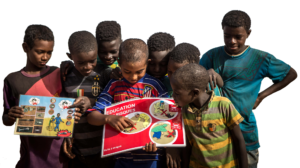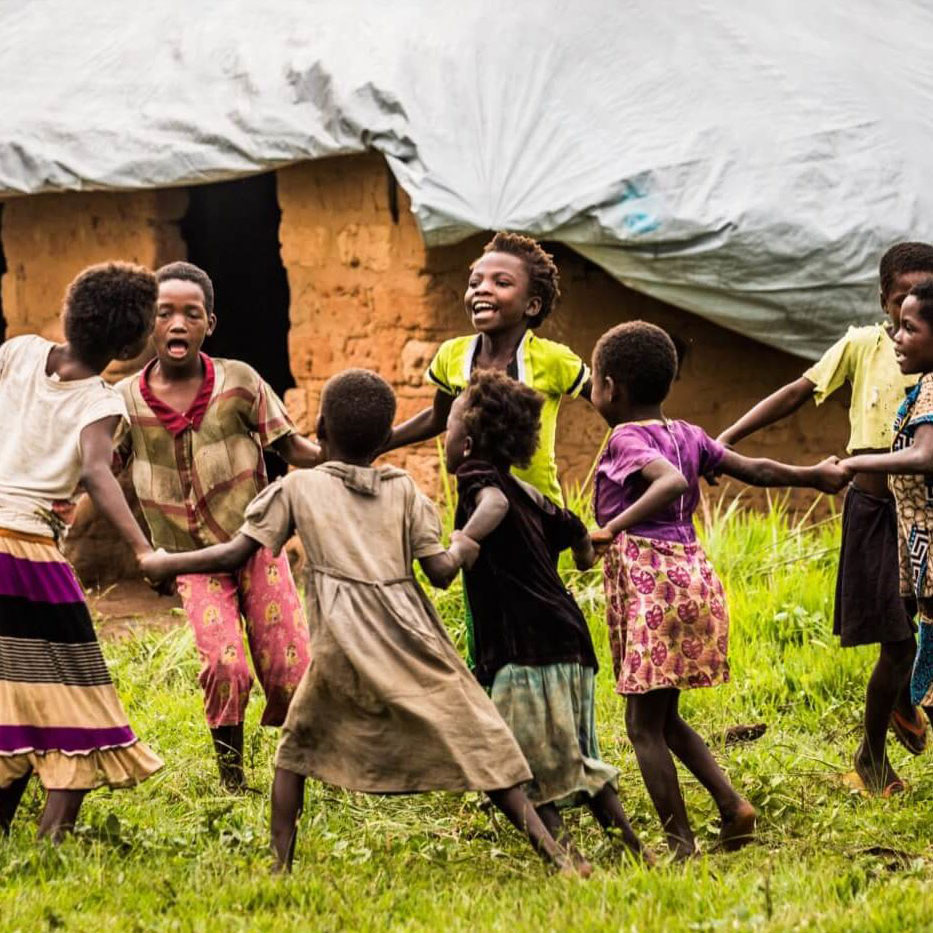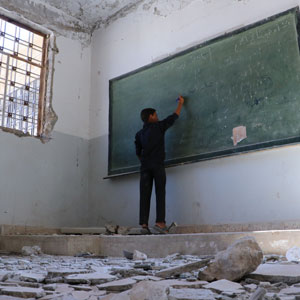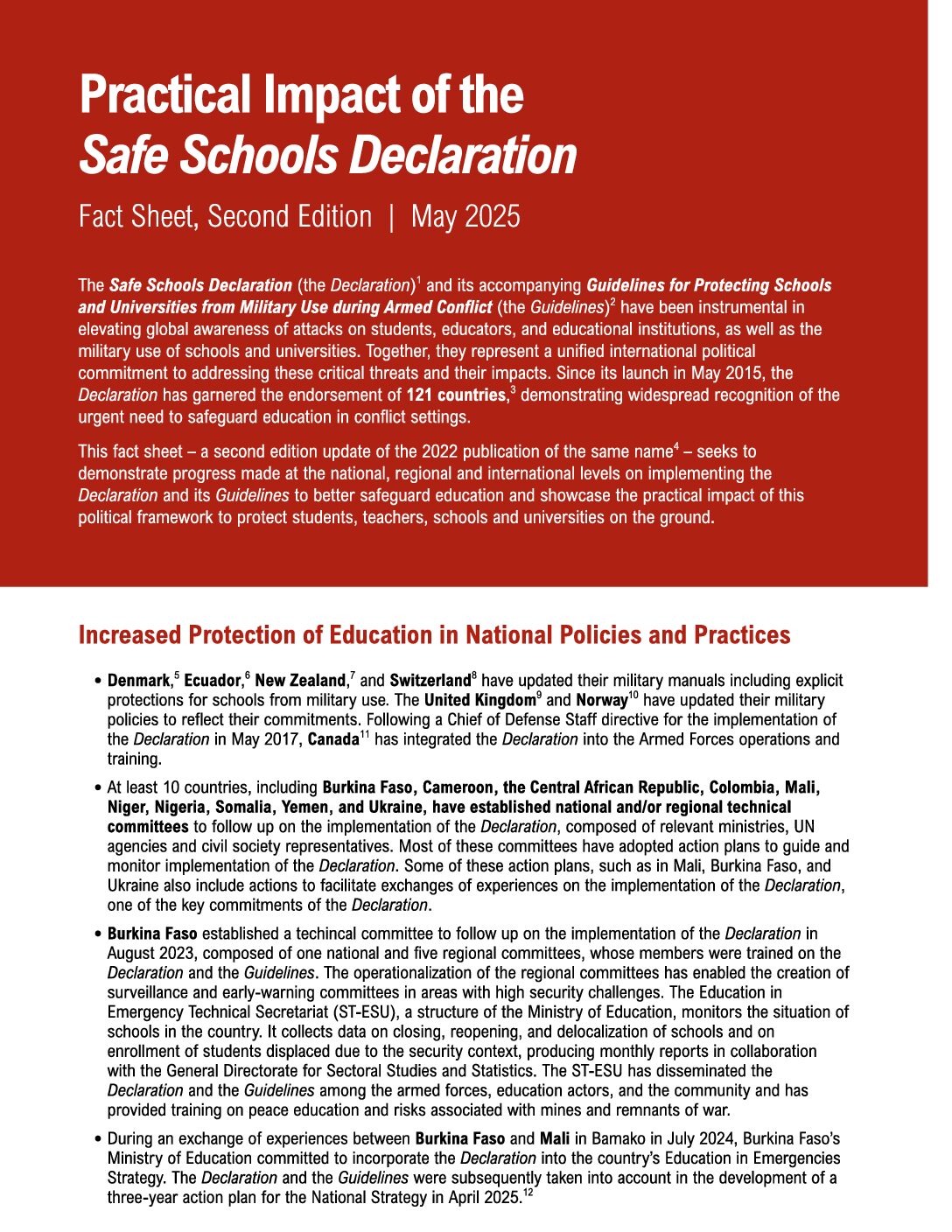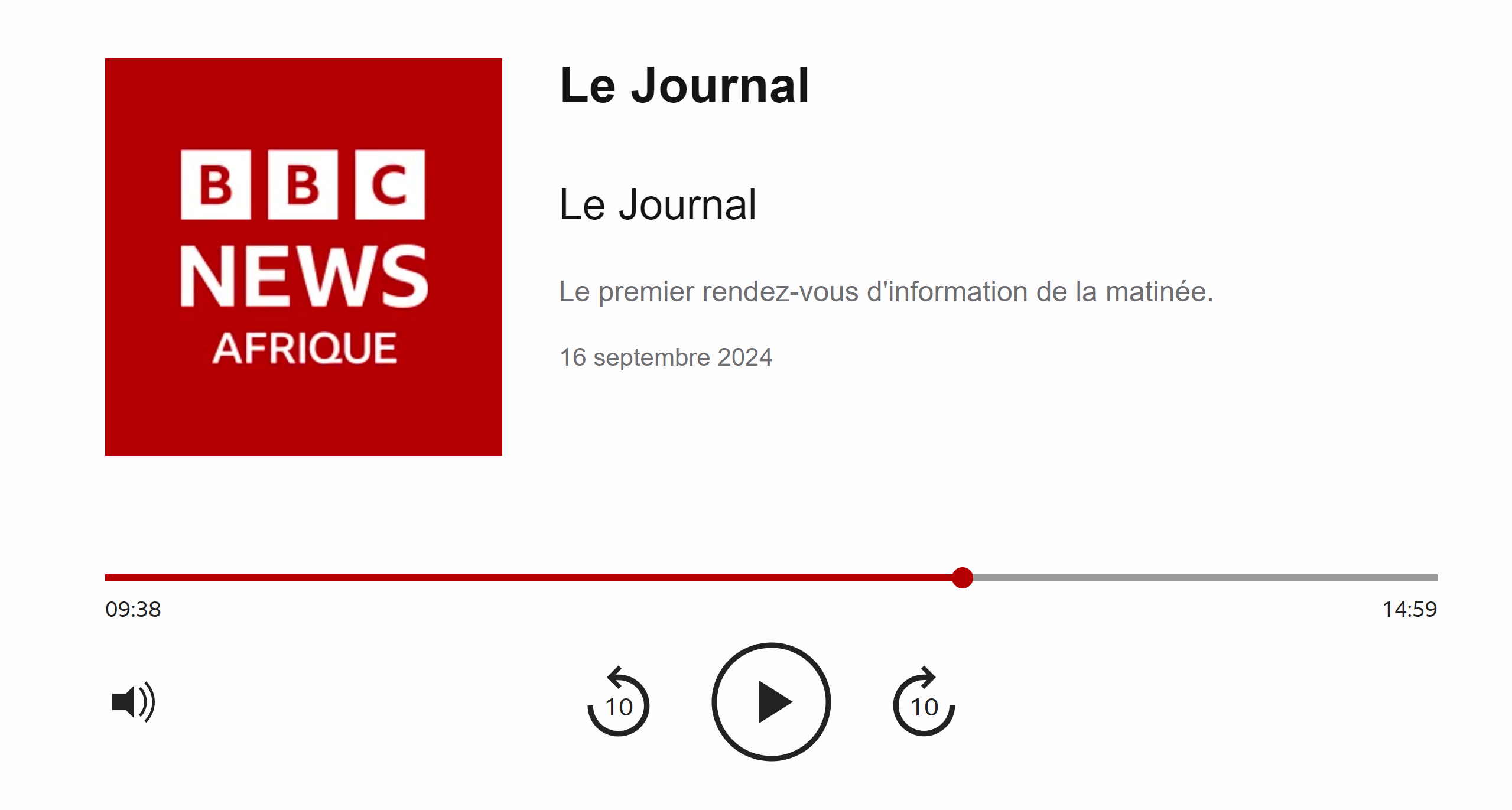GCPEA News
“Education in Conflict Emergencies in Light of the Post-2015 MDGs and EFA Agenda”, by Christopher Talbot
January 10, 2013
Christopher Talbot is a consultant in Education in Emergencies. He was formerly CEO of Education Above All (EAA), Doha; led UNESCO’s work on education in emergencies and in post-conflict and post-disaster situations; developed the education in emergencies research and training programme at UNESCO International Institute for Educational Planning (IIEP); and worked for UNHCR, including as Senior Education Officer. He was a co-founder of the Inter-Agency Network for Education in Emergencies (INEE) and the Global Coalition to Protect Education from Attack (GCPEA).
The whole paper can be downloaded here
Background
Increasingly intense international debates surrounding the post-2015 global education agenda opened up during 2012. A major shortcoming of the present education-related MDGs and EFA goals is that they were developed separately, with the more specific EFA goals preceding in time the more general MDGs. Another weakness of both is their too narrow focus on universal primary education (MDGs) and on basic education (EFA). Although the EFA movement has given some attention to non-formal education, adult literacy and skills development, most of the political impetus and financial investment has been on expansion of formal schooling. The education and training component of a future post-MDG global development agenda needs to be comprehensively worded, allowing for the inclusion of all population groups, all situations and all sub-sectors of education and training systems.
In those international debates over the post-2015 global education agenda, one vital population has been comparatively neglected until now: those affected by violent armed conflict. This includes refugees (people who cross an international border fleeing persecution or war), internally displaced persons (IDPs), and those harmed by conflict without being displaced. The needs for, challenges of and opportunities offered by the provision of education during conflict emergencies are intimately linked to other educational situations, such as provision of education in conflict-affected fragile states, in disaster emergency situations, and post-conflict and post-disaster educational recovery and reconstruction.
Twenty-eight million of the world’s 61 million out-of-school primary-school-aged children live in conflict-affected poor countries. Violent conflict harms educational provision and attainment profoundly. Not only are children in conflict-affected countries disproportionately unable to enrol in primary school; their completion, secondary enrolment, literacy and mortality rates are much worse than in other countries. These effects are observed with even relatively minor conflict shocks and most severely impact girls, in part because of the widespread incidence and severity of sexual violence that accompanies war.
Whatever post-2015 development and education-specific goals are agreed upon, if they are to be truly comprehensive, the education of children suffering through the effects of armed conflict and disasters must be prioritised. This is not an easy challenge to meet, as the disruption, violence and political sensitivity of emergencies does not make them ‘low-hanging fruit’ for providing access to quality education. But the difficulty of the task is no excuse for inaction or delay.
